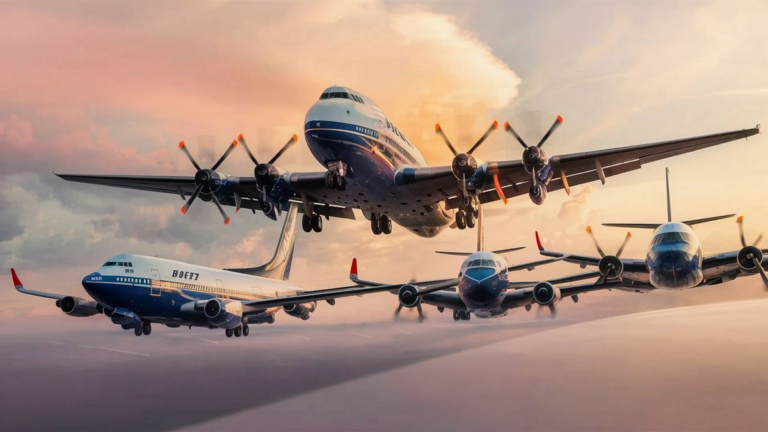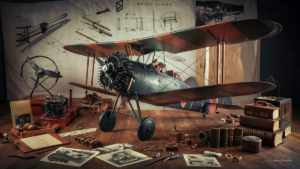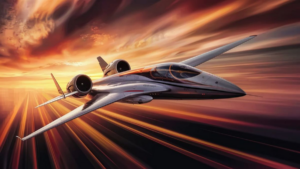When it comes to aviation history, Boeing has left an indelible mark with its innovative aircraft designs. Among these, the Boeing 4-engine prop planes stand out as iconic symbols of aviation prowess and technological advancement.
The Legacy of Boeing’s 4-Engine Prop Planes
Boeing’s foray into the realm of four-engine propeller-driven aircraft began with models such as the Boeing 314 Clipper and the Boeing B-17 Flying Fortress. These planes revolutionized long-range travel and military operations, respectively, setting the stage for future developments in aviation.
Boeing 314 Clipper: Pioneering Transoceanic Travel
The Boeing 314 Clipper, introduced in the 1930s, represented a paradigm shift in transoceanic travel. With its four-engine configuration and luxurious accommodations, it made transatlantic and transpacific flights not just possible, but comfortable and luxurious.
Boeing B-17 Flying Fortress: Aerial Warfare Dominance
The Boeing B-17 Flying Fortress emerged as a stalwart of aerial warfare during World War II. With its formidable armament and long-range capabilities, it played a crucial role in Allied bombing campaigns, earning a reputation for durability and resilience.
Evolution of Boeing’s 4-Engine Prop Planes
Building upon the success of its early models, Boeing continued to innovate and refine its four-engine propeller-driven aircraft. The introduction of jet propulsion marked a significant shift in the industry, but Boeing’s commitment to excellence ensured that its propeller-driven planes remained relevant and competitive.
Boeing 377 Stratocruiser: Luxury in the Skies
The Boeing 377 Stratocruiser, introduced in the late 1940s, epitomized luxury air travel. With its spacious cabin, gourmet meals, and state-of-the-art amenities, it set a new standard for in-flight comfort and convenience.
Boeing C-97 Stratofreighter: Versatility and Utility
The Boeing C-97 Stratofreighter served as a versatile transport aircraft, capable of carrying both cargo and passengers. Its adaptability made it indispensable for military and civilian operations alike, earning it a reputation as a workhorse of the skies.
Modern Interpretations and Beyond
While the era of four-engine prop planes has largely passed, Boeing’s legacy continues to inspire modern interpretations of these iconic aircraft. From nostalgic recreations to innovative adaptations, the spirit of Boeing’s four-engine prop planes lives on in the hearts and minds of aviation enthusiasts around the world.
Boeing 314 Clipper Recreation: Nostalgia in Flight
Efforts to recreate the Boeing 314 Clipper have captured the imagination of aviation enthusiasts, offering a glimpse into the golden age of air travel. These painstakingly crafted replicas pay homage to Boeing’s pioneering spirit and the elegance of a bygone era.
Boeing P-8 Poseidon: A Modern Successor
While not a traditional four-engine prop plane, the Boeing P-8 Poseidon carries on the legacy of its predecessors in a modern context. With its advanced capabilities and versatility, it exemplifies Boeing’s ongoing commitment to innovation and excellence in aviation.
vironmental Impact
One significant aspect often discussed in aviation is the environmental impact of aircraft. While Boeing’s 4-engine prop planes were marvels of their time, their environmental footprint was substantial compared to modern aircraft.
Efficiency and Emissions
Modern aircraft, including those developed by Boeing, have made significant strides in improving fuel efficiency and reducing emissions. With advancements in aerodynamics, engine technology, and materials, newer planes are much more environmentally friendly compared to their predecessors.
Frequently Asked Questions
Here are some common questions related to Boeing’s 4-engine prop planes:
| Question | Answer |
|---|---|
| Were Boeing’s 4-engine prop planes only used for civilian purposes? | No, Boeing’s 4-engine prop planes had both civilian and military applications. For example, the Boeing B-17 Flying Fortress was primarily a military aircraft used during World War II. |
| How do Boeing’s modern aircraft compare to their historic 4-engine prop planes in terms of performance? | Modern Boeing aircraft, such as the Boeing P-8 Poseidon, are technologically advanced and offer superior performance compared to historic 4-engine prop planes. They benefit from decades of innovation and advancements in aviation technology. |
| What factors contributed to the decline of 4-engine prop planes? | The advent of jet propulsion and the subsequent development of jet-powered aircraft contributed to the decline of 4-engine prop planes. Jet engines offered higher speeds, greater efficiency, and other performance advantages over traditional propeller-driven engines. |
See also:






